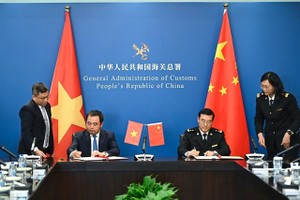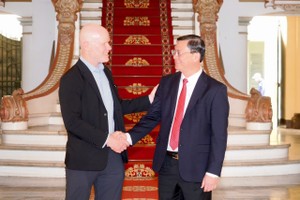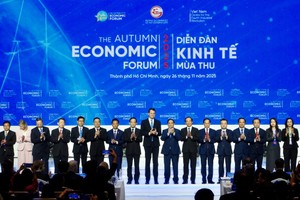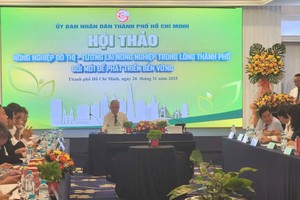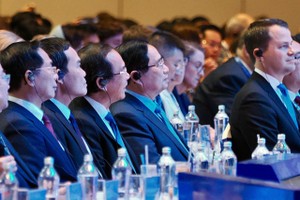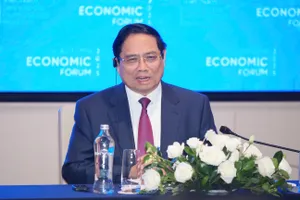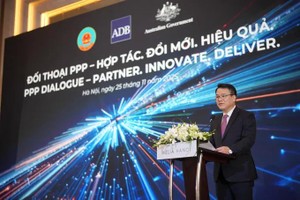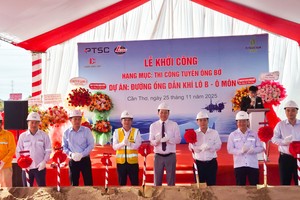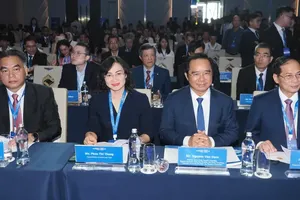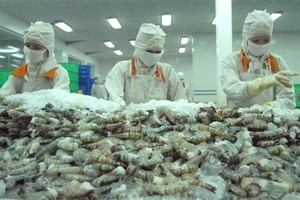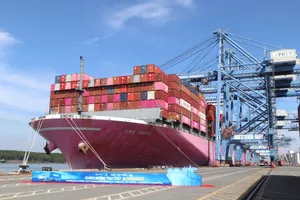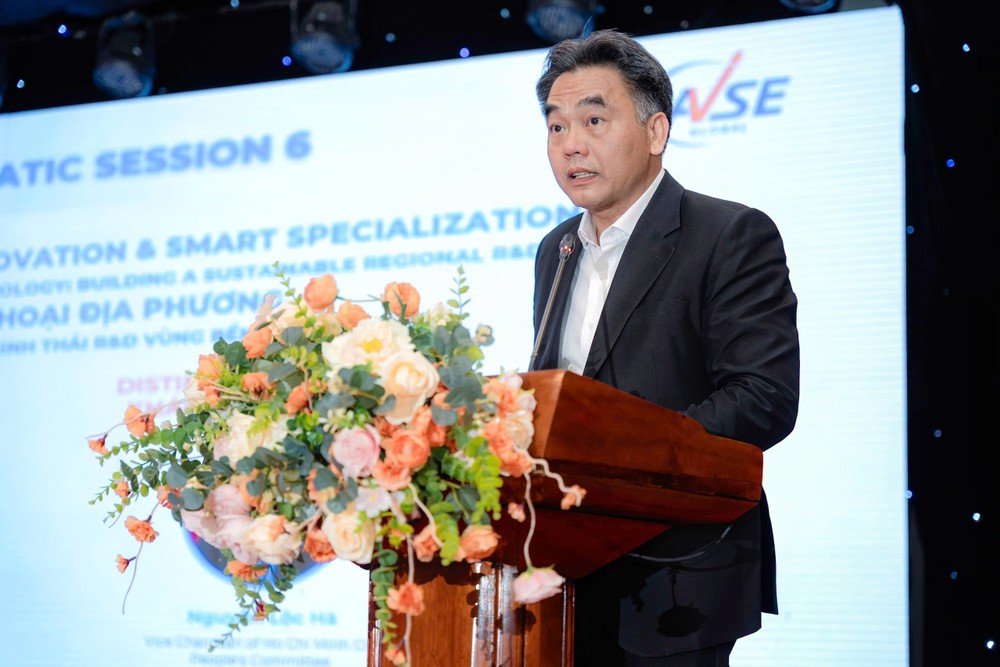
The Association of Vietnamese Scientists and Experts Global (AVSE Global), in collaboration with the Ninh Binh People’s Committee, hosted a thematic panel titled “Multilateral Dialogue – Building a Sustainable Regional R&D Ecosystem” at the Vietnam R&D Forum 2025 held on July 31 in Ninh Binh Province.
Speaking at the event, Mr. Nguyen Loc Ha, Vice Chairman of the Ho Chi Minh City People’s Committee, highlighted the city’s vibrant research, development, and innovation ecosystem. HCMC currently boasts over 70 research institutes and universities, more than 1,500 innovative startups, and over 2,000 scientific and technological research outcomes approved in the past decade.
Notably, between 2021 and 2025, HCMC approved and implemented over 500 scientific and technological projects, 10 percent of which involved the business sector. More than 60 percent of these projects were directly applied within their host organizations.
In the field of R&D, HCMC has achieved tangible progress in building and implementing policy frameworks. Key highlights include a pilot model for technology transfer support at the R&D Center under the Saigon Hi-Tech Park Management Board; the attraction of 162 startup projects; and support for five enterprises conducting controlled trials of drones and autonomous vehicles. The city also piloted the “Triple Helix” collaboration model involving the government, academic institutions, and businesses to bolster innovation and R&D activities.
However, despite its progress, HCMC’s R&D sector still faces bottlenecks. Challenges include complicated valuation processes for intellectual property and research outcomes, risk-laden requirements to assess intangible assets before transferring usage rights, an underdeveloped valuation market, lack of standards, and insufficient mechanisms to protect pricing decision-makers. Additionally, post-evaluation management receives more attention than commercialization support, and the rate of research commercialization remains modest—just around 5 percent.

According to Mr. Nguyen Loc Ha, R&D contributes significantly to HCMC’s GRDP growth. The share of businesses in key sectors conducting R&D rose from nearly 40 percent in 2021 to about 45 percent in 2023, and is projected to remain at that level through 2025. These R&D efforts have resulted in new products and services, innovations in distribution and marketing methods, and improvements in management and organizational practices.
He emphasized that removing current R&D bottlenecks will be key to driving HCMC’s sustainable economic growth.
Sharing this view, Mr. Do Ngoc Quynh, financial expert and Secretary-General of the Vietnam Bond Market Association (VBMA), noted that with the Government aiming for double-digit national growth, HCMC—as a “megacity”—will play a critical role in achieving that goal.
Mr. Do Ngoc Quynh said that the real question was on what foundation, or with what new driving force, such growth could be generated. He believed that a more synchronized growth engine was needed, with R&D positioned as a core pillar for long-term, sustainable momentum.
At the event, delegates focused their discussions on several key topics, including local smart specialization development strategies and their implementation across provinces and cities; strategic orientations adopted by localities to advance these initiatives; local policies supporting businesses; the development of a high-quality R&D workforce aligned with regional growth; and the role of R&D in driving regional and local economic development, with a strong emphasis on science and technology.
